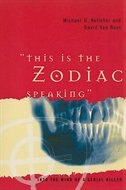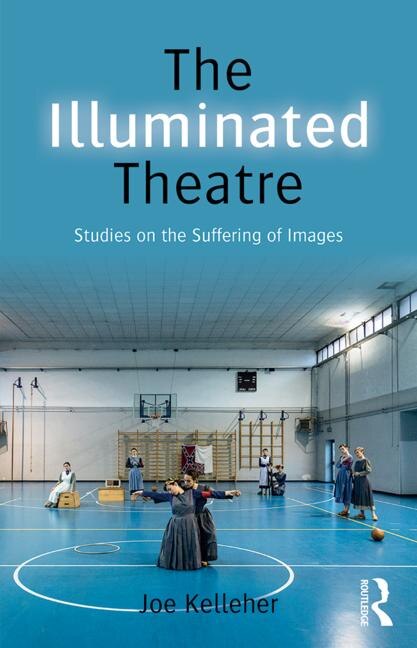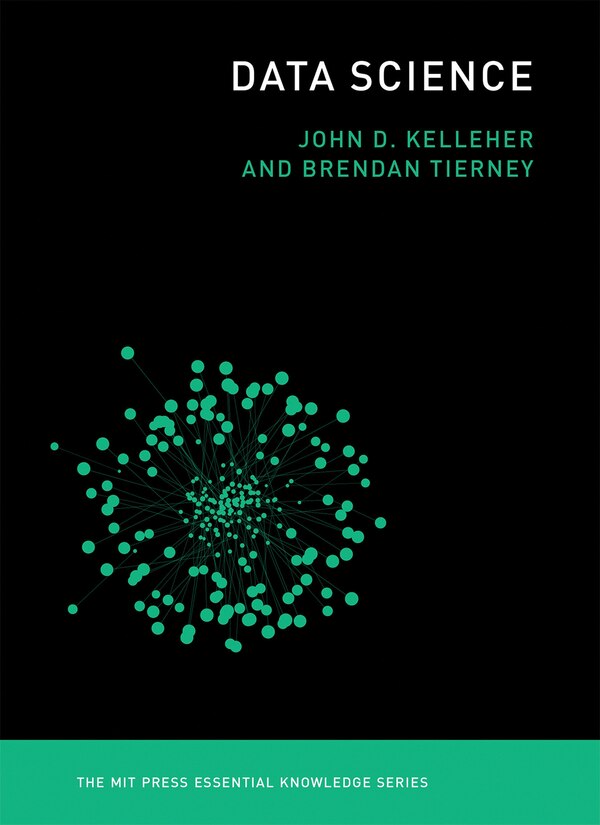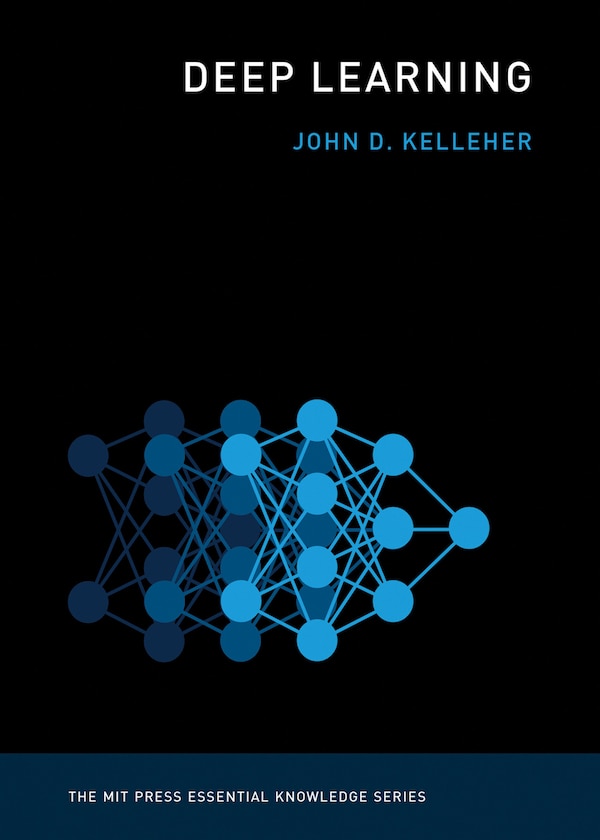Home
A Study Of A Skirtless Hovercraft Design by Edward A Kelleher, Paperback | Indigo Chapters
Loading Inventory...
Indigo
A Study Of A Skirtless Hovercraft Design by Edward A Kelleher, Paperback | Indigo Chapters
From Edward A Kelleher
Current price: $60.51


Indigo
A Study Of A Skirtless Hovercraft Design by Edward A Kelleher, Paperback | Indigo Chapters
From Edward A Kelleher
Current price: $60.51
Loading Inventory...
Size: 0.15 x 9.69 x 0.33
*Product information may vary - to confirm product availability, pricing, shipping and return information please contact Indigo
Three proposed skirtless hovercraft designs were analyzed via computational fluid dynamics to ascertain their lift generation capabilities. The three designs were adaptations from William Walter's hybricraft primer and his patent for a fan driven lift generation device. Each design featured Coanda nozzles, or nozzles that utilize the Coanda effect, to redirect air flow to aid in the generation of an air curtain around a central air flow. The designs also utilized a Coanda wing as a lifting body to aid in lift generation. Each design was set at a height above ground of one foot and a radius of two feet. The craft was assumed to be axisymmetric around a central axis for a perfectly circular craft, much like a flying saucer. The craft can be divided into several parts, the core, the nozzles, the plenum chamber (for designs 2 and 3), and the wing. Flow is generated from rotor blades situated one foot above the top of the core of the craft. The nozzles are located at the edges of the craft below the wing. In designs two and three the plenum chamber is the region between the core and the wing. For each design three cases were performed where t was increased for each case. This resulted in a total of nine cases, three cases for three designs. For each case the ratio of nozzle thickness to the radius of the curved plate, t/R, was set to 0.344 and t was increased while R was calculated to maintain the ratio. The computational fluid dynamics (CFD) analysis captured the pressure data and the lift forces were calculated using a pressure differential analysis. Analysis proved that the hybricraft designs could produce positive lift. While the first design did not produce positive lift, the second and third designs managed to generate enough lift to support a craft of a maximum of 52810.24 kg. The max amount of lift produced was 5388.8 N, while the minimum positive lift generated was 3642.9 N. | A Study Of A Skirtless Hovercraft Design by Edward A Kelleher, Paperback | Indigo Chapters














